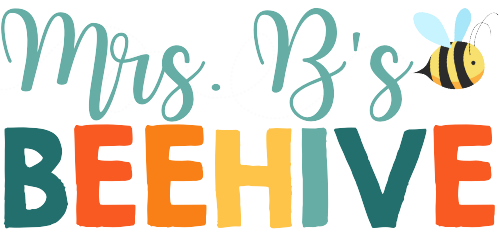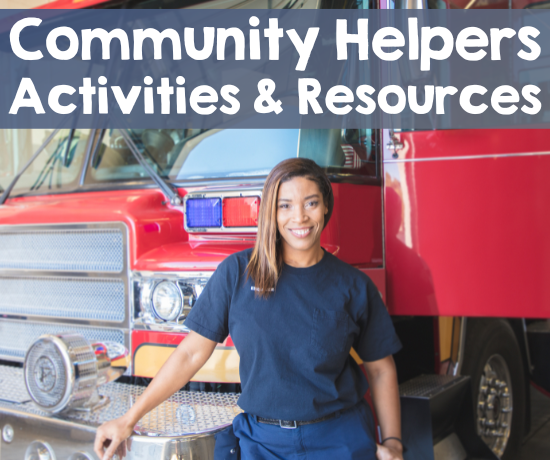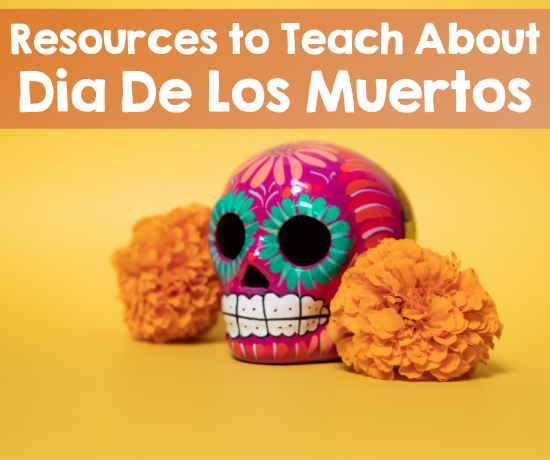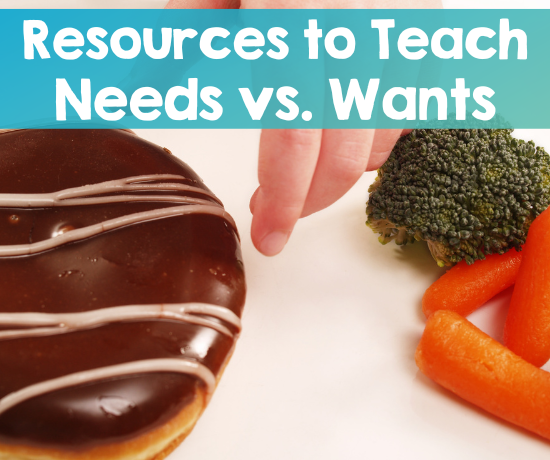Hello, kindergarten teachers! As we delve into the world of kindergarten map skills with our little learners, let’s embark on an engaging and educational journey together. Today, we’ll explore practical approaches to teaching map skills in kindergarten, focusing on directionality, compass skills, reading legends, creating maps, and recognizing our places on the map and globe.
By integrating these concepts into our classrooms, we can foster a foundation for spatial awareness and cognitive development. Let’s dive in and make map skills an exciting and enriching part of our kindergarten curriculum.
1. Directionality: Navigating the Path to Understanding
Teaching directionality to kindergarteners is like guiding them through a whimsical maze. Start by incorporating everyday activities that highlight directional language. Whether it’s asking them to line up facing a specific direction or having them point to objects around the room, these simple exercises build a foundation for understanding basic directions like left, right, up, and down. These easy worksheets will help them understand directionality on maps and help build their direction-following skills.
2. Compass Skills: Finding True North in the Classroom
Introducing the concept of a compass may seem a bit advanced, but with a playful approach, kindergarteners can grasp the basics. Create a giant compass on the floor using tape and engage the children in interactive games where they follow the “north” arrow or march to the beat of the “south” arrow. These activities not only make learning fun but also instill a sense of cardinal direction. After you do some whole-body movement follow it up with an assessment worksheet like the one below.
3. Reading a Legend: Decoding the Kindergarten Map Skills Mystery
Legends are the secret code to unlocking the mysteries of maps. Simplify this concept for our little ones by using symbols they encounter in their daily lives. Whether it’s a smiling face for the classroom, a book for the library, or a tiny tree for the play area, associating symbols with familiar places makes reading a legend an exciting and relatable activity.
4. Creating Maps: Unleashing Little Cartographers
Empower your kindergarteners to become mapmakers by introducing them to the joy of creating their own maps. Start with a familiar environment – perhaps the classroom or the school playground. Provide paper, crayons, and stickers, and encourage them to draw a simple representation of the space. This hands-on activity not only enhances their fine motor skills but also solidifies their understanding of spatial relationships.
5. Recognizing Our Places on the Map/Globe: Connecting to the Big Picture
Expand their horizons by connecting the dots between the local and the global. Begin with a map of your town, pointing out familiar places like the school, their homes, and local parks. Gradually introduce the concept of a globe, showcasing the Earth as a whole. Discussing continents, oceans, and the idea that we are part of a larger world fosters a sense of belonging and global awareness.
6. Exploring Worlds on Paper: Top Map Skill Books for Kindergarten
Enhancing kindergarten map skills doesn’t have to be confined to the classroom. Introducing captivating books can turn learning into a literary adventure. Here are some delightful reads that weave the magic of maps into engaging stories for our young explorers:
- “There’s a Map on My Lap!: All About Maps” by Tish Rabe Join the Cat in the Hat as he takes young readers on a journey to explore maps. This Dr. Seuss-inspired book is a playful introduction to the world of maps, making it both entertaining and educational for our kindergarteners.
- “Me on the Map” by Joan Sweeney Dive into the concept of scale and perspective with this delightful book. “Me on the Map” guides children from their own room to a view of the Earth from space, helping them understand their place in the world.
- “Follow That Map!: A First Book of Mapping Skills” by Scot Ritchie Perfect for introducing basic mapping skills, this interactive book follows friends as they go on a treasure hunt. With lift-the-flap elements and engaging illustrations, it provides a hands-on approach to learning about maps.
- “Where Do I Live?” by Neil Chesanow Explore the concept of place in this beautifully illustrated book. “Where Do I Live?” helps children understand their address, city, state, country, and continent, providing a great foundation for basic geography.
- “Map My Neighborhood” by Jennifer Boothroyd In this charming story,follow a long as a girl maps out her neighborhood to show her grandma where everything is. This book works well when talking about legends.
If you’re interested in more social studies books to incorporate into your classroom check out my extensive list of the best social studies read-aloud for the classroom!
If you are interested in these kindergarten map skills worksheets check out my kindergarten social studies interactive notebook! Along with these map skills activities, you’ll also find resources on the following topics:
- Emotion
- Rules and Manners
- Calendar
- Holidays
- Famous Americans
- American Symbols
- Community Helpers
- Transportation
Learn more about the social studies interactive notebook and find out how beneficial interactive notebooks can be as part of your kindergarten curriculum!
Incorporating these kindergarten map skills into your curriculum not only aligns with educational standards but also nurtures vital cognitive and spatial development in your students. As we embark on this map-tastic journey, let’s watch our little cartographers blossom into confident navigators, ready to explore the world around them!










